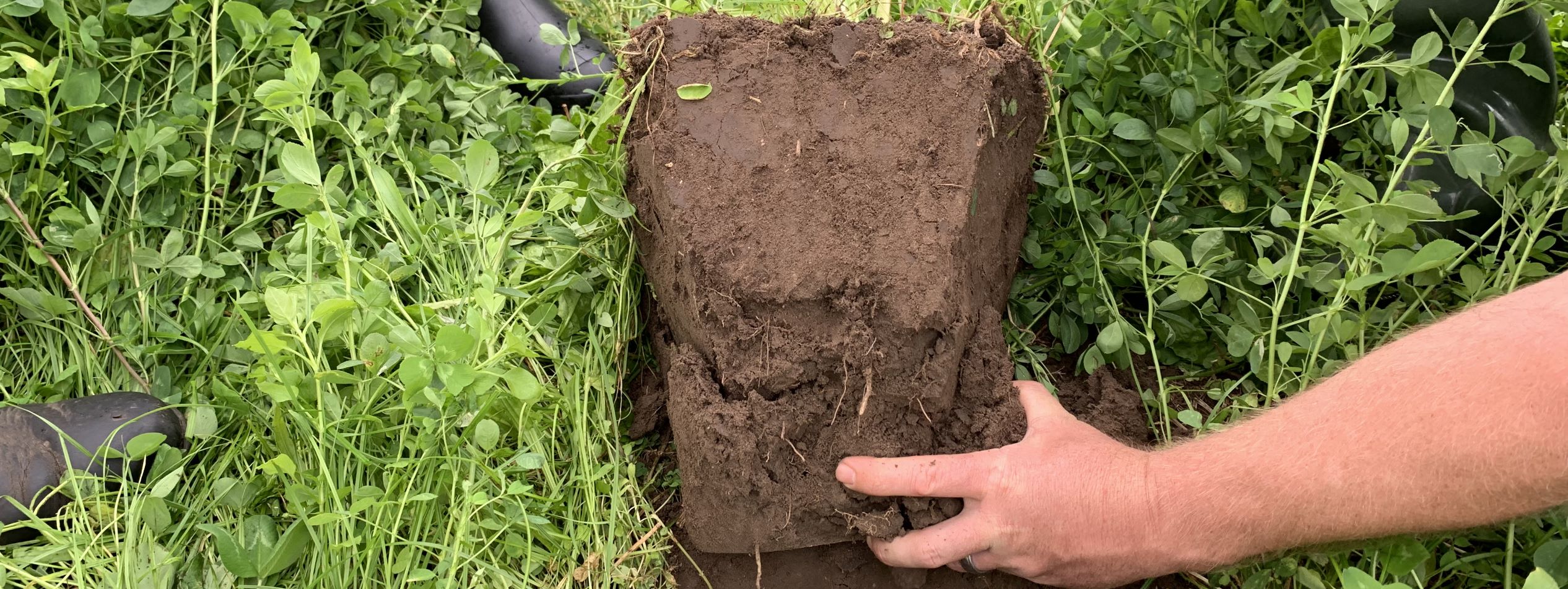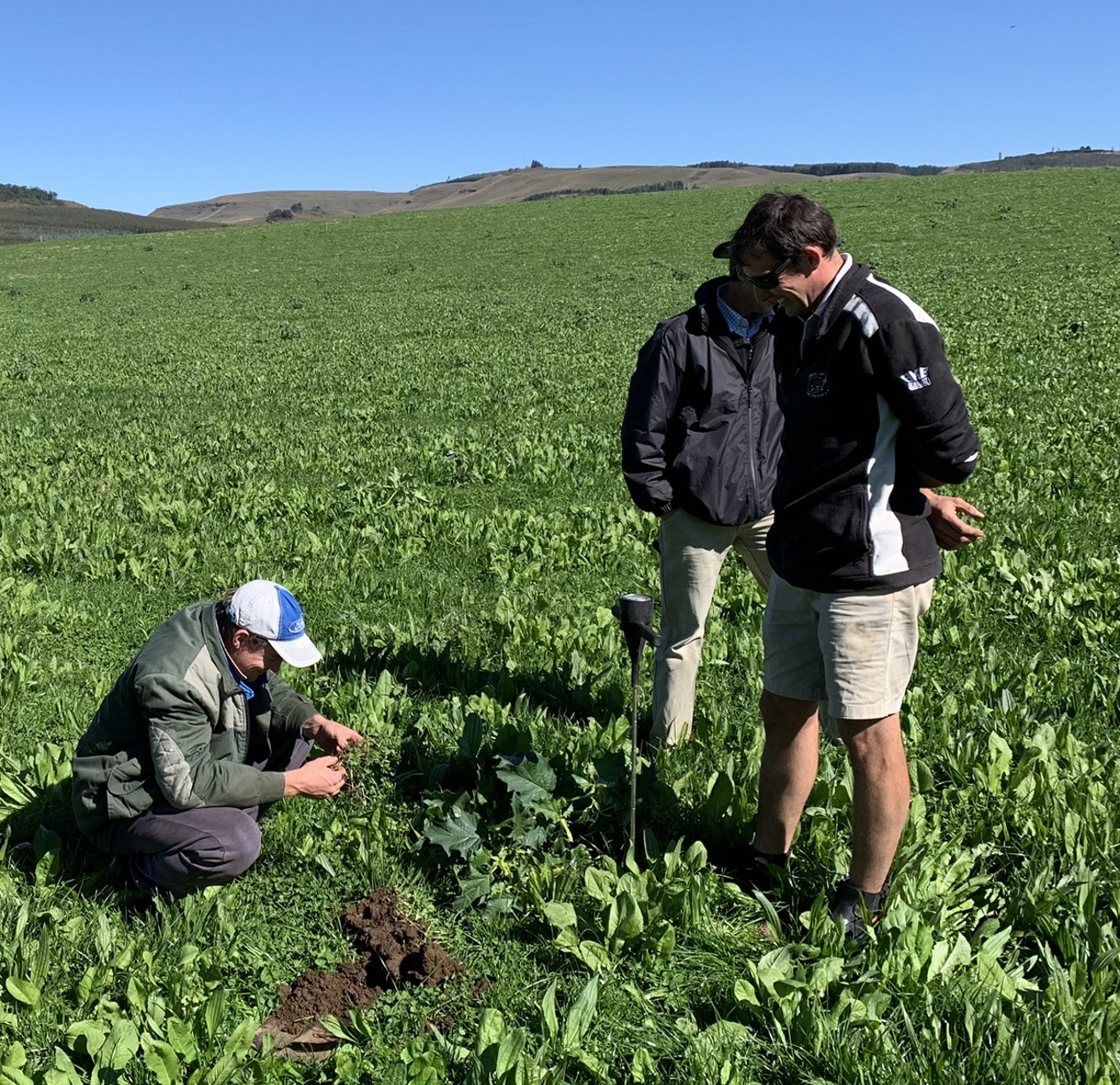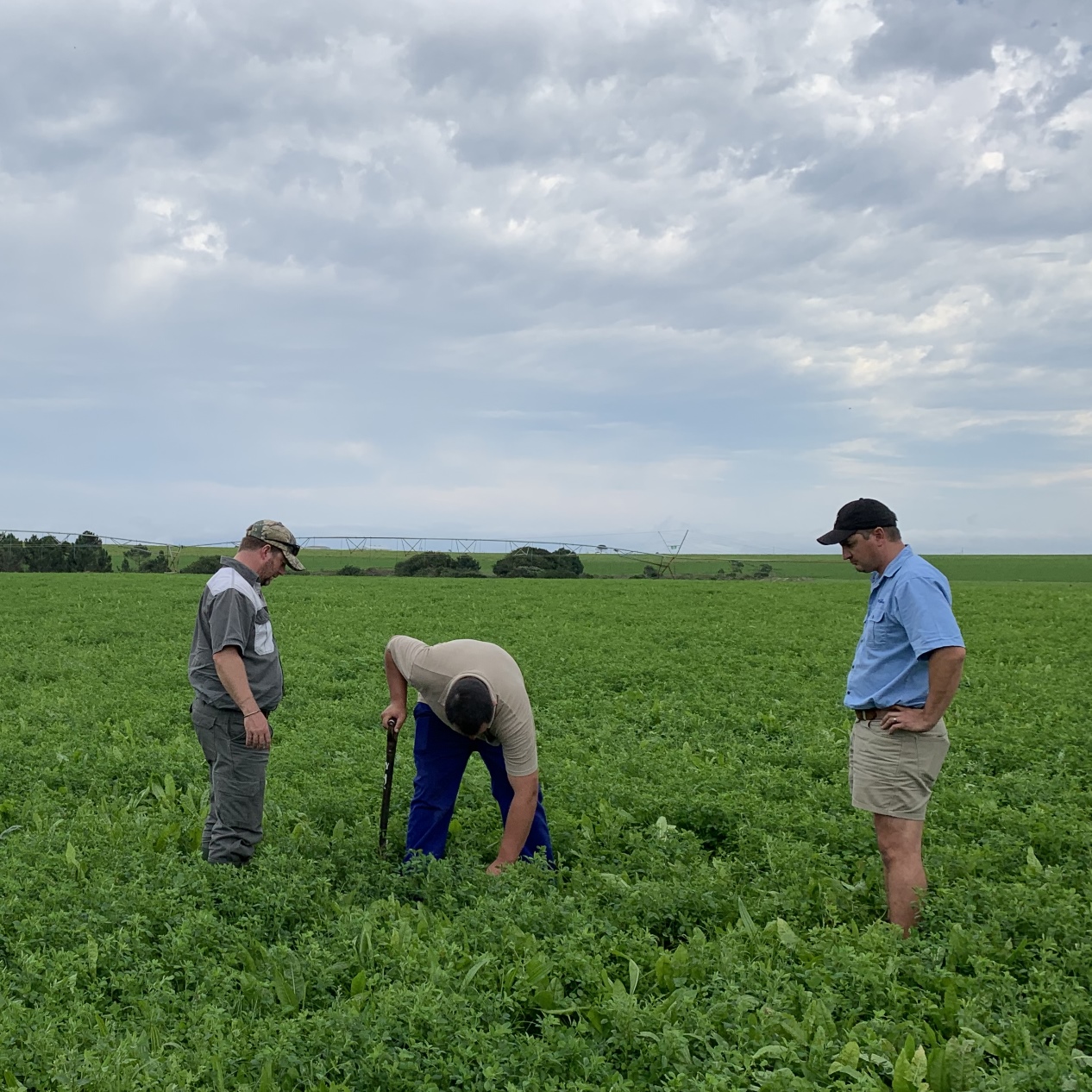Soil functions, threats and ecosystem services
I saw a fascinating diagram the other day. When I say fascinating, I mean it in the “nerdiest” way possible. The diagram is from a scientific journal article. It depicts the interrelationships between soil function and processes, the threats to these functions and the ecosystem services which the soil functions provide. This might not sound that exciting, but I am hoping to change your mind in this blog.
The wonderful complexity of soil
The diagram, which you can find at the bottom of the fourth page of the journal article, resonated with me because I thought it summed up the beautiful complexity of soil. The soil is a dynamic, complex, living ecosystem which is imperative to our livelihood. In this diagram there are seven soil functions, or as they say – bundles of soil processes, listed. The multitude of links between these functions and six soil-based ecosystem services are also shown.
Suffice to say, there is a multitude of activity in the soil.
Functions and services
The soil functions are:
- Habitat provision – for plant roots and soil organisms
- Element cycling
- Decomposition
- Soil structure maintenance
- Biological population regulation
- Water cycling – infiltration, retention and percolation
- Organic matter cycling – humus formation and carbon sequestration
This is all of what is going on in the soil at any given time. You can see why I say it is so complex. Any one of these functions has another whole list of associated processes. Suffice to say, there is a multitude of activity in the soil.
The soil-based ecosystem services are:
- Biomass production
- Biodiversity conservation
- Erosion control
- Pest and disease control
- Water quality and supply
- Climate regulation
Regenerative agriculture is one of our best opportunities to reverse some of the hugely challenging environmental threats we currently face.
As you can see, these services are imperative to human survival. It is well understood that soil is the basis for food, but what should not be overlooked is the role soil plays in things like mitigating climate change and freshwater provision. Therefore regenerative agriculture is one of our best opportunities to reverse some of the hugely challenging environmental threats we currently face.
The threat
Unfortunately, many of these soil functions, and therefore ecosystem services, are under severe threat. I think this is what resonated with me when looking at the diagram. It very clearly identified the challenge that agriculture faces. We need to deal with these threats:
- Erosion
- Soil organic matter decline
- Contamination
- Sealing
- Compaction
- Biodiversity loss
- Salinization
- Landslides and floods
We can either view these threats as an overwhelming challenge, or as an opportunity.
The role of farmers
Farmers who see the opportunity will look at this list and identify the practices they can implement on their farm which either overcome these threats, or reduce the risk posed by the threat. To a large extent, these threats are caused by conventional agriculture. This is what makes the regenerative approach to soil management so important. Farmers are the primary decision-makers in what happens to our soils. As much as there are policies, laws and regulations in place to direct and guide farmers, each farmer decides how they will approach their soil. Every person who has some sort of role in managing soil, no matter how big or small, can make a difference.
A call to action
When I look at these three lists, I am hopeful in the role that healthy soil can play for society. I am fascinated by the diversity and complexity of processes happening in the soil. I am encouraged to think that there are many farmers taking on the challenge of addressing the threats to these processes and services. Will you be one of these farmers? Will you join the underground revolution? Knowing that the journey to healthy soils is a long-term commitment, as there are no quick fixes in soil.
Sources
Bünemann EK, Bongiorno G, Bai Z, Creamer RE, De Deyn G, de Goede R, Fleskens L, Geissen V, Kuyper TW, Mäder P, Pulleman M. 2018. Soil quality–A critical review. Soil Biology and Biochemistry 120:105-125.
- A carbon footprint assessment for pasture-based dairy farming systems in South Africa - 2024-02-07
- What progress have farms participating with Trace & Save made over the past 10 years? - 2023-09-06
- Carbon footprint reduction over time: Lessons from pasture-based dairy farms in South Africa - 2023-09-04




